Corn flour and polenta
Finely ground, corn flour is widely used in the production of polenta; based on the grinding of the corn, flours with different granulometry are obtained, a relevant factor for the result of the final product.
Despite being the main ingredient in the production of polenta, it must not be forgotten that corn flour is also used for the preparation of flans, Mexican tortillas, crèpes, pasta, desserts and many other culinary products.

Generalities of corn
In botany, corn is known as Zea corn: herbaceous plant belonging to the Graminaceae family, originally from Central America and currently very widespread and cultivated all over the world. The botanical importance must be attributed to the stigmas, which hang outside the bracts forming a sort of beard. Few are aware of the fact that the common "cob" is actually an ear: more precisely, the male inflorescences constitute a terminal panicle, while the female ones (in the same plant) form an ear, wrapped in large bracts.
Corn, after rice and wheat, has conquered the primacy within the human diet.
From a chemical point of view, essential oils, flavonoids, phytosterols, mucilages, tannins, alkaloids and potassium salts are obtained from corn.
Baked Nachos
Problems with playing the video? Reload the video from youtube.
- Go to the Video Page
- Go to the Video Recipes Section
- Watch the video on youtube
Cooking times
In the initial part of the article we mentioned that corn flours have a different grain depending on the grinding: the granulometry is important not only to characterize the final product, but also to establish its cooking times. In fact, starting from a flour of finely ground corn, a more velvety and creamy polenta is obtained: it takes about 30 minutes to cook. The finely ground corn flour is known as "fioretto", particularly suitable for mashed polenta, or as "corn stock", with an even finer grain, obtained from processing with cylinder mills.
On the other hand, when we consider coarse-grained corn flour (craved flour), the result is a rough and wrinkled polenta, which requires twice the cooking time compared to the previous one. The term “bramata” owes its name to the rice husking process (shelling of paddy rice: in the case of corn, husking represents the operation prior to grinding).
There are also precooked corn flours (commercially known as "instant flours"), whose cooking times are decidedly shorter precisely because they are subjected to a preliminary steam cooking.
On the market there is a particular mixture of flours - known as taragna - consisting of corn flour and buckwheat flour: the result is a darker and coarser polenta, compared to the traditional one made of corn only. Polenta taragna is a typical culinary dish of Valtellina, Bergamo and Brescia.
Advantages and disadvantages
Certainly very palatable and tasty products are obtained with corn flour: however, it should not be forgotten that polenta, obtained from corn, has been considered for a long time the food of the poor, as it is extremely satiating and very cheap. Unfortunately, in the past above all, a "polenta-based diet was a big problem for the health of those people who took in excess, practically eating only this. Despite the corn flour, then transformed into polenta, is a fairly good food. caloric (provides 362 Kcal per 100 grams of product), it is insufficient from a qualitative-nutritional point of view: polenta is in fact low in proteins and above all in B vitamins. Based on the hypotheses formulated by some authors, it seems that flour corn contains a "anti-vitamin PP: not surprisingly, pellagra is a very frequent disease in those populations that consume excessive quantities of polenta or corn flour in general.
Corn flour and celiac disease
As we know, celiac disease represents the best known gluten intolerance. Celiacs can consume foods based on corn flour, precisely because the cereal does not form gluten in contact with water: corn, in fact, contains a low amount of gliadin (a protein component of gluten), but is rich in the amino acids alanine and leucine Due to this particular composition, gluten in corn is not formed.
Summary
Corn flour: in short
Corn, after rice and wheat, has conquered the primacy within the human diet
- Botanical name: Zea corn
- Family: graminaceae
- Botanical importance: stigmas, which hang outside the bracts forming a sort of beard
- finely ground corn flour: more velvety and creamy polenta (fioretto). Cooking: 30 minutes
- coarse-grained corn flour (craved flour): raw and wrinkled polenta, which requires twice the cooking time compared to the previous one
- precooked corn flours (instant flours): the flours have been subjected to a preliminary steam cooking
- polenta taragna: mixture of corn and buckwheat flour
- With corn flour, very palatable and tasty products are obtained
- And "The" food of the poor "because it is satiating and cheap
- It can also be consumed by celiacs because it does not form gluten
Contains a "anti-vitamin PP → pellagra (excessive and almost exclusive consumption of corn flour)
Other Cereals and Derivatives Amaranth Wheat starch Corn starch Rice starch Modified starch Oat starch Bulgur Whole grains Corn Flakes Crackers Oat bran Bran Cus cus Amaranth flour Oat flour Buratto flour Spelled flour Buckwheat flour Corn flour Corn flour Millet Barley flour Quinoa flour Small spelled flour (Enkir) Rice flour Rye flour Sorghum flour Flour and semolina Whole wheat flour Manitoba flour Pizza flour Spelled Rusks Focaccia Nuts Wheat or wheat Wheat germ Burnt wheat Buckwheat Breadsticks Oat milk Rice milk Corn Maizena Malt Millet Muesli Barley Stale bread Unleavened bread and Pita Bread Carasau bread Egg pasta Rice pasta Wholemeal pasta Piadina Small spelled Pizza Pop corn Baked goods Quinoa Rice Basmati rice Converted rice White rice Rice Wholemeal Parboiled Rice Puffed Rice Venus Rice Rye and Horned Rye Semolina Semolina Sorghum Spaghetti Spelled Teff Tigelle Triticale OTHER ARTICLES CEREALS AND DERIVATIVES Categories Food Alcoholics Meat Cereals and derivatives Sweeteners Sweets Offal Fruit Dried fruit Milk and derivatives Legumes Oils and fats Fish and fishery products Salami Spices Vegetables Health recipes Appetizers Bread, Pizza and Brioche First courses Second courses Vegetables and Salads Sweets and Desserts Ice creams and sorbets Syrups, liqueurs and grappas Basic Preparations ---- In the Kitchen with Leftovers Carnival Recipes Christmas Recipes Dietary Recipes Light Recipes Woman's Day, Mother's Day, Dad's Day Functional Recipes International Recipes Easter Recipes Recipes for Celiacs Recipes for Diabetics Holiday Recipes Valentine's Day Recipes Vegetarian Recipes Protein Recipes Regional Recipes Vegan Recipes

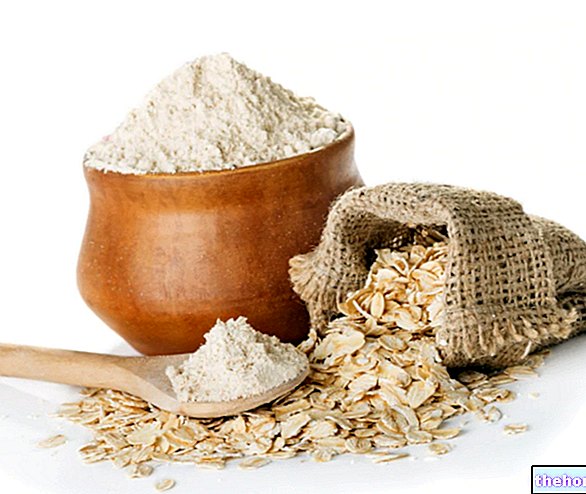
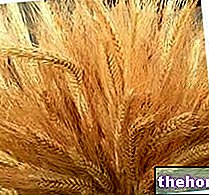

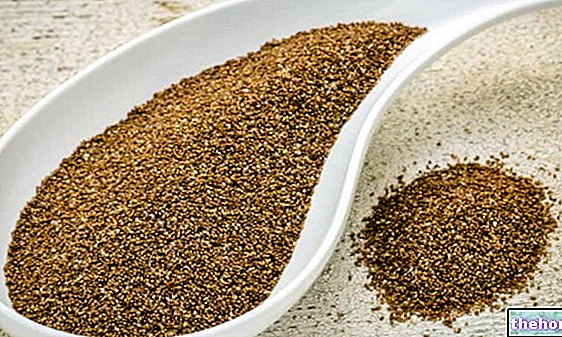
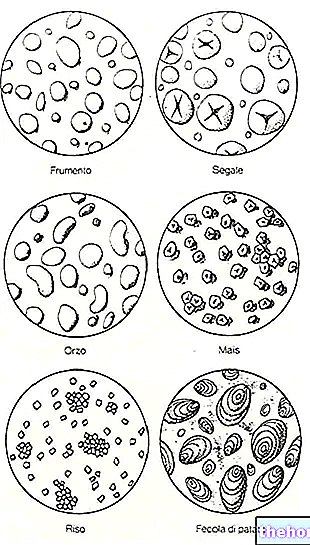
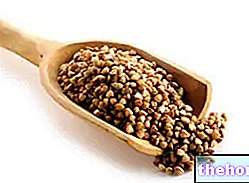









.jpg)











